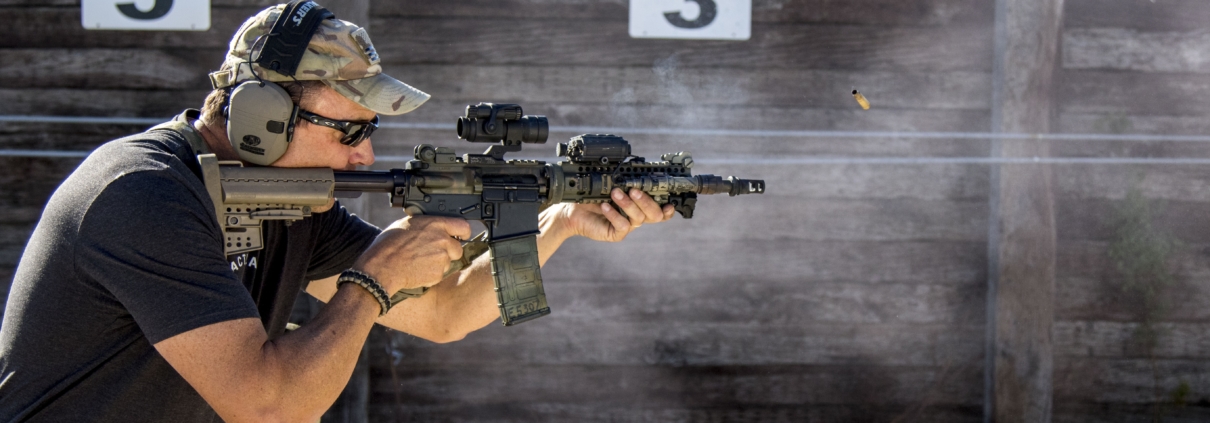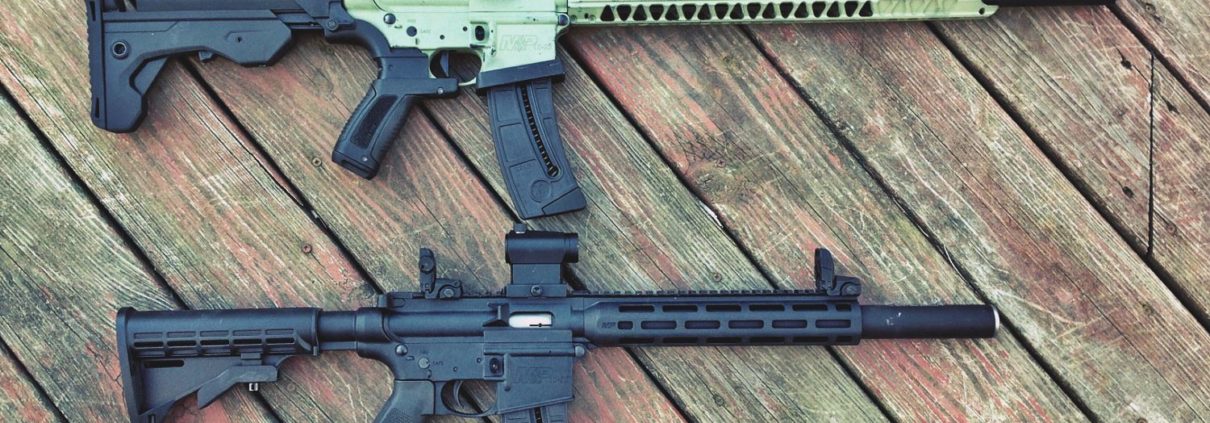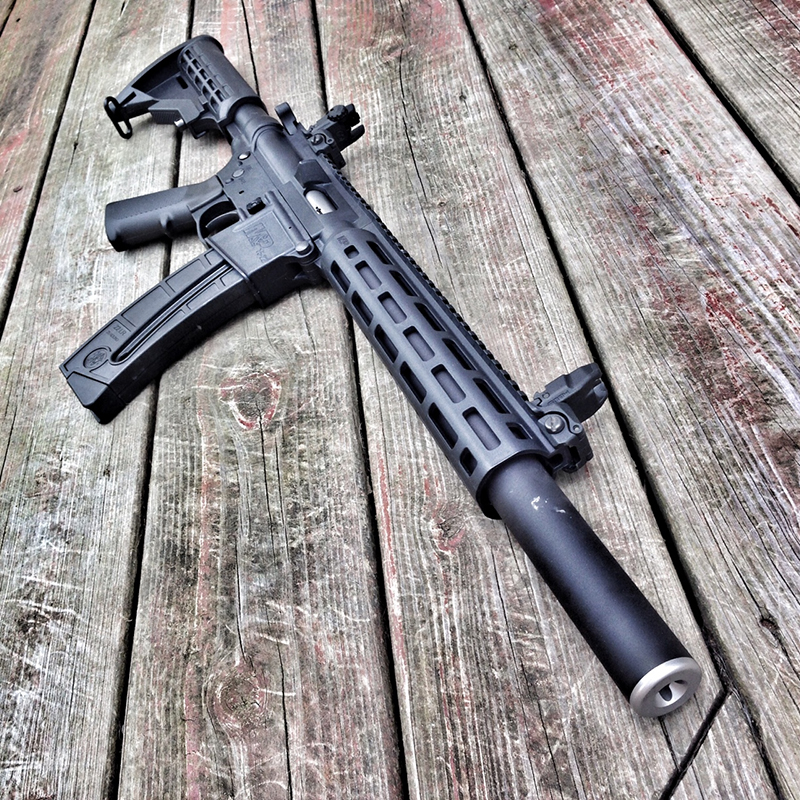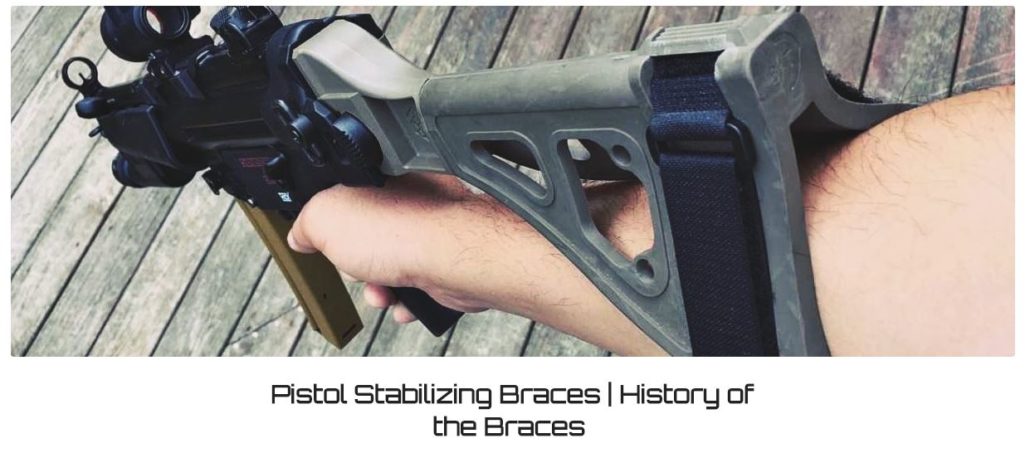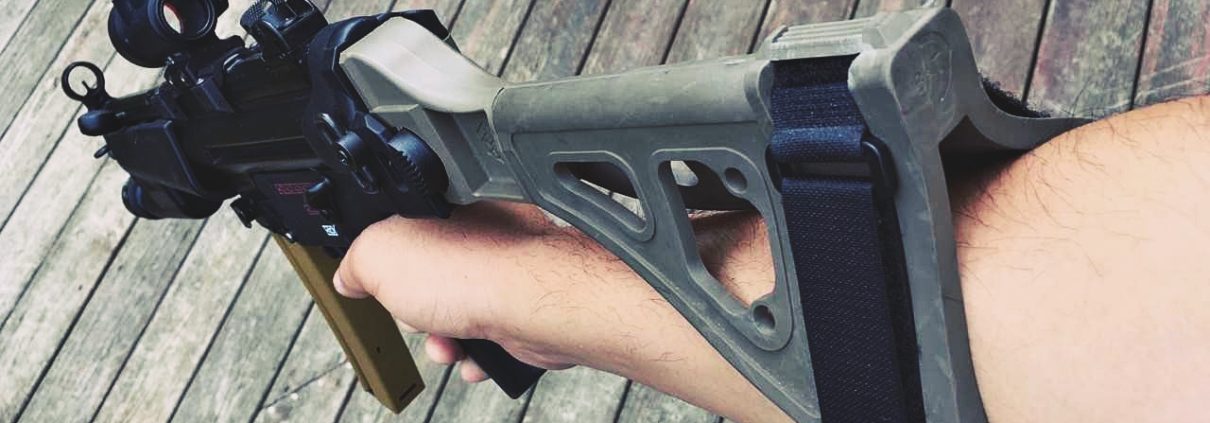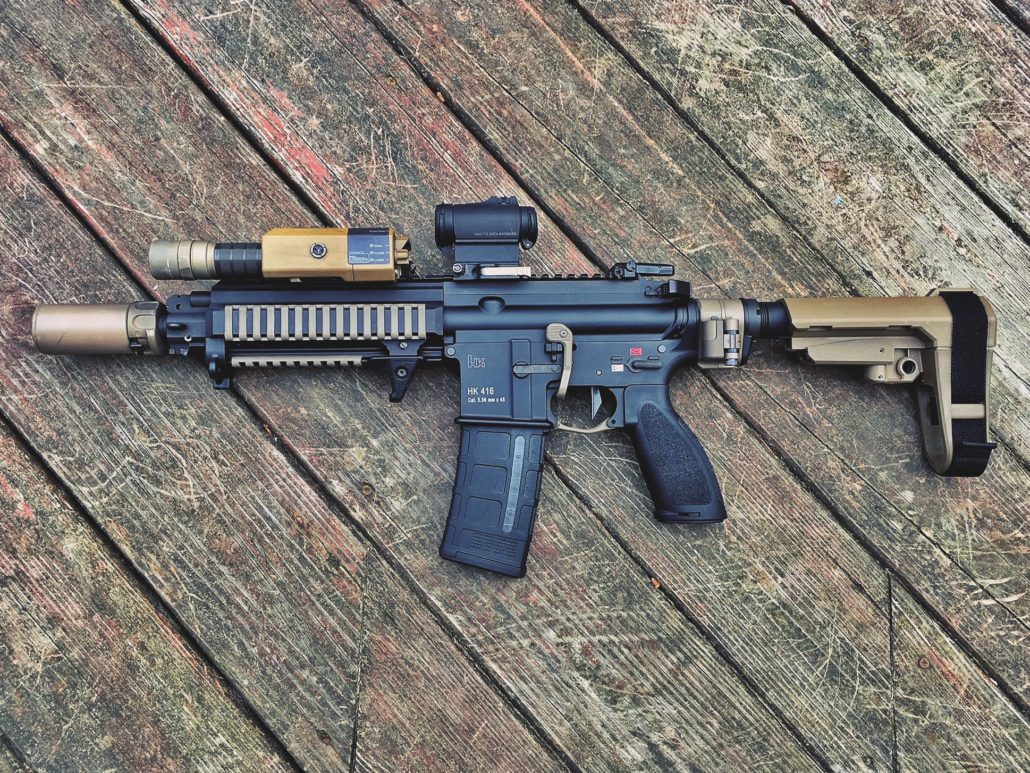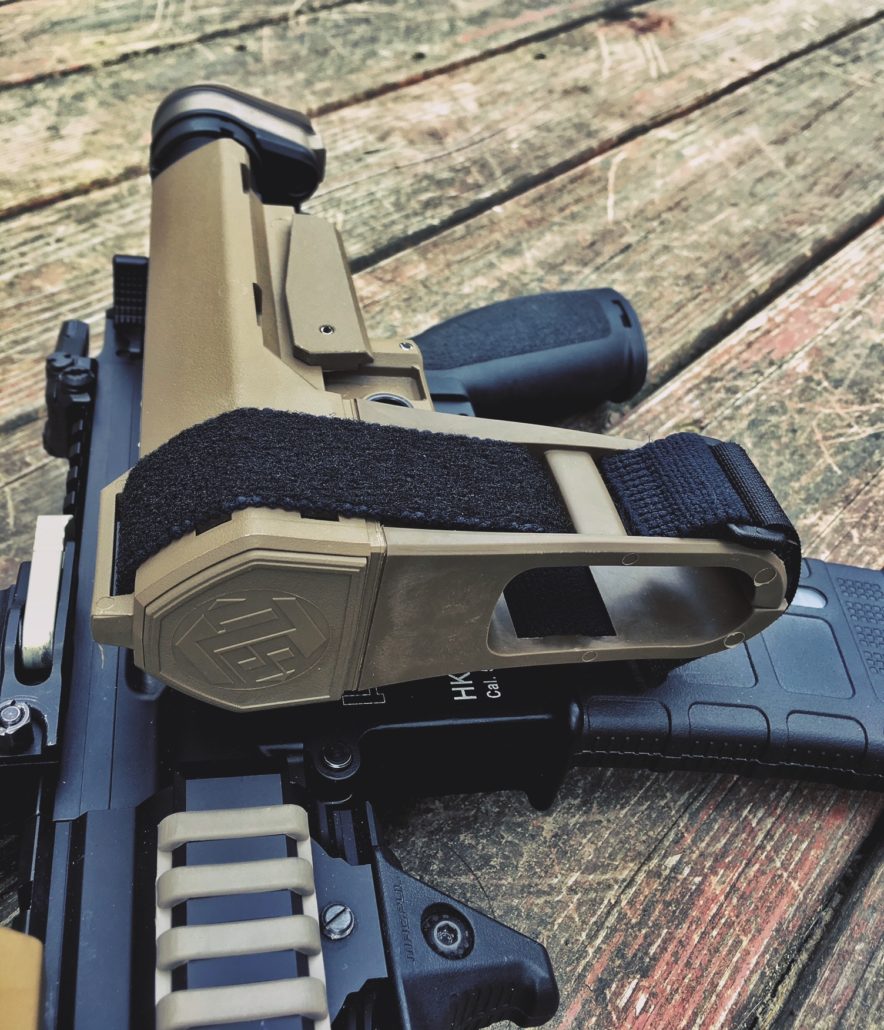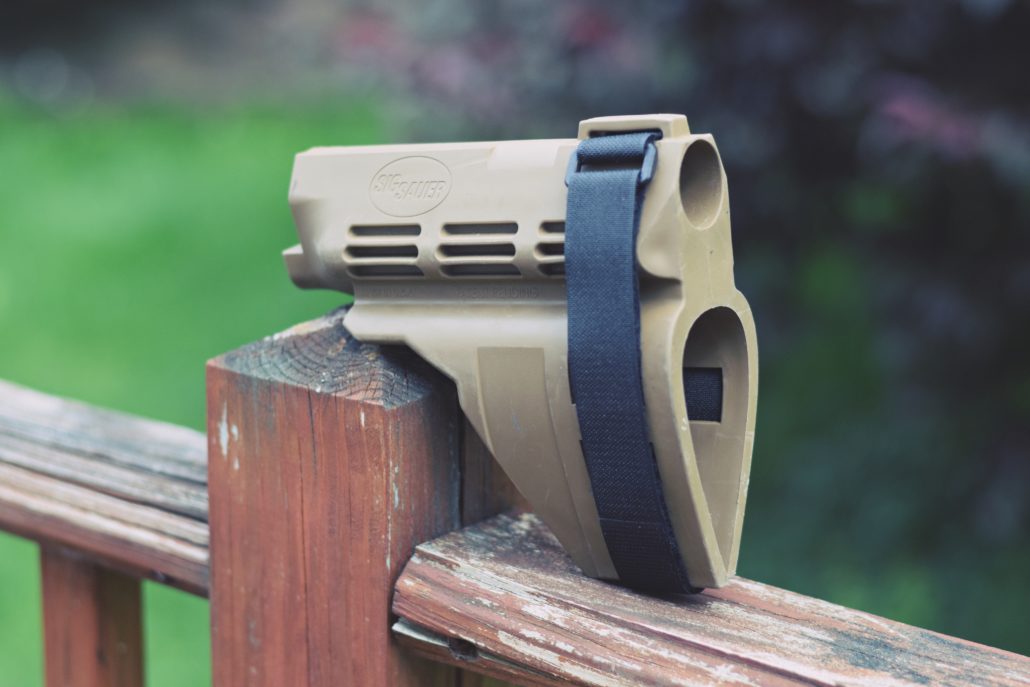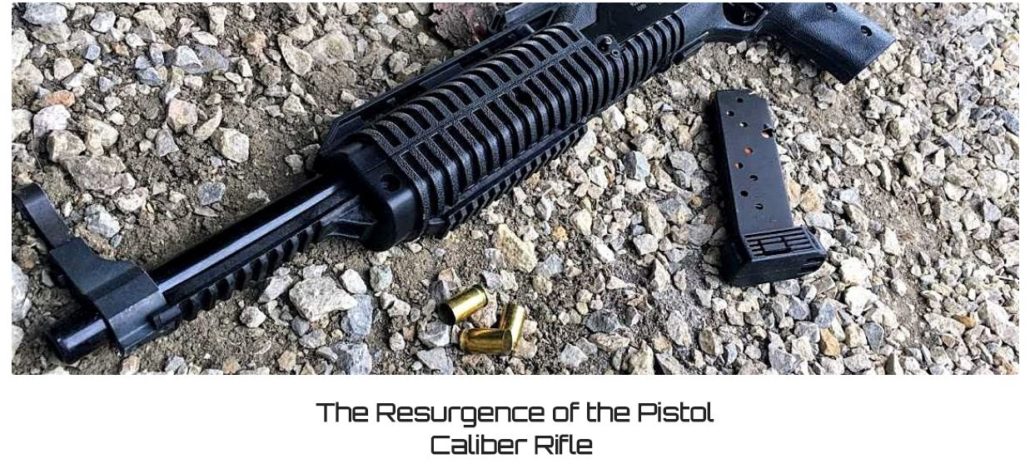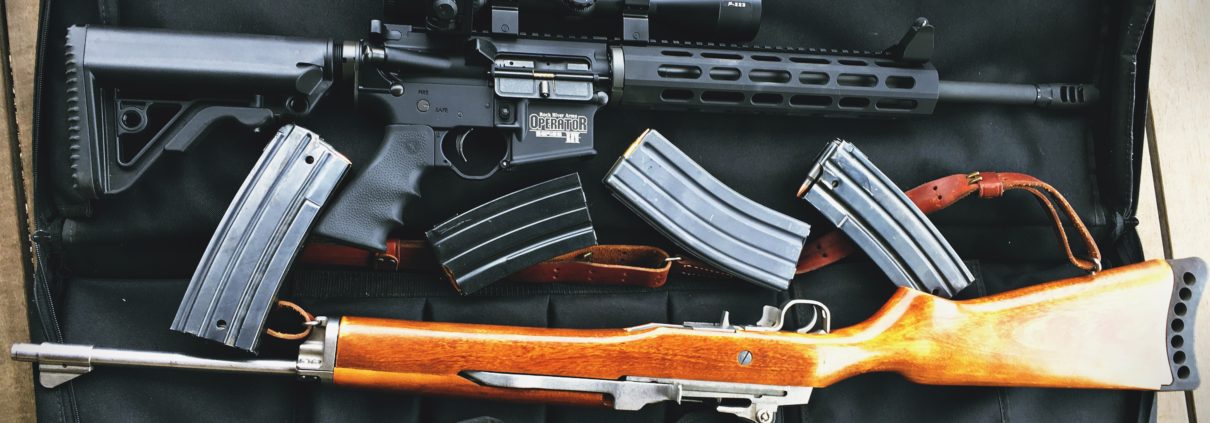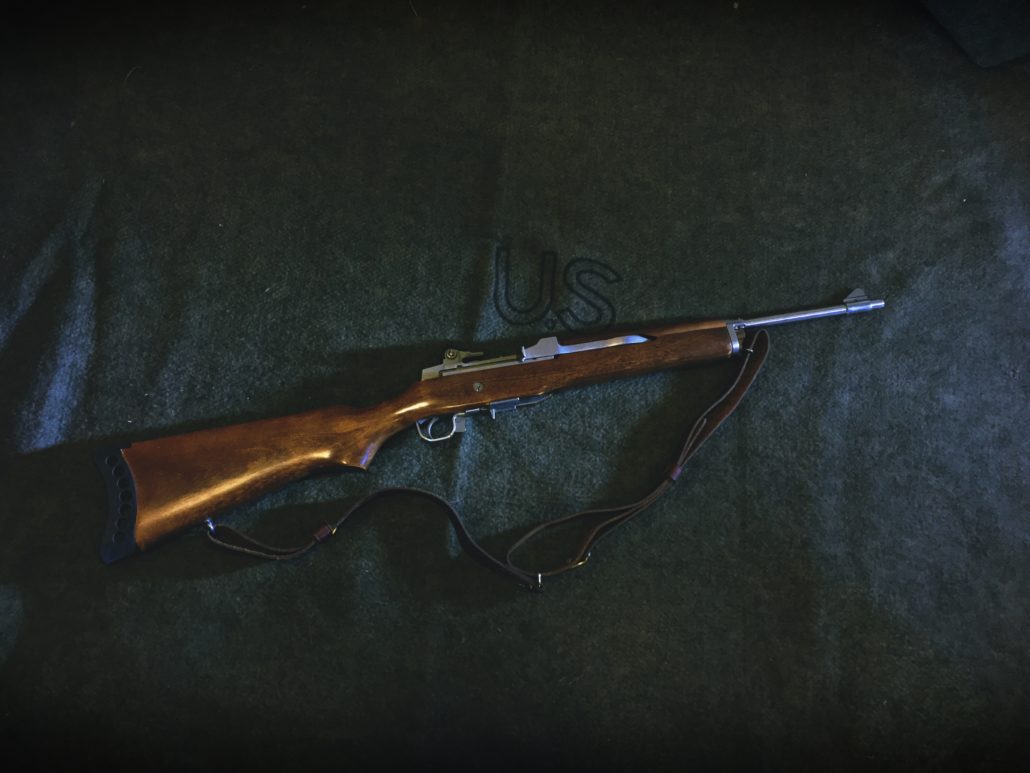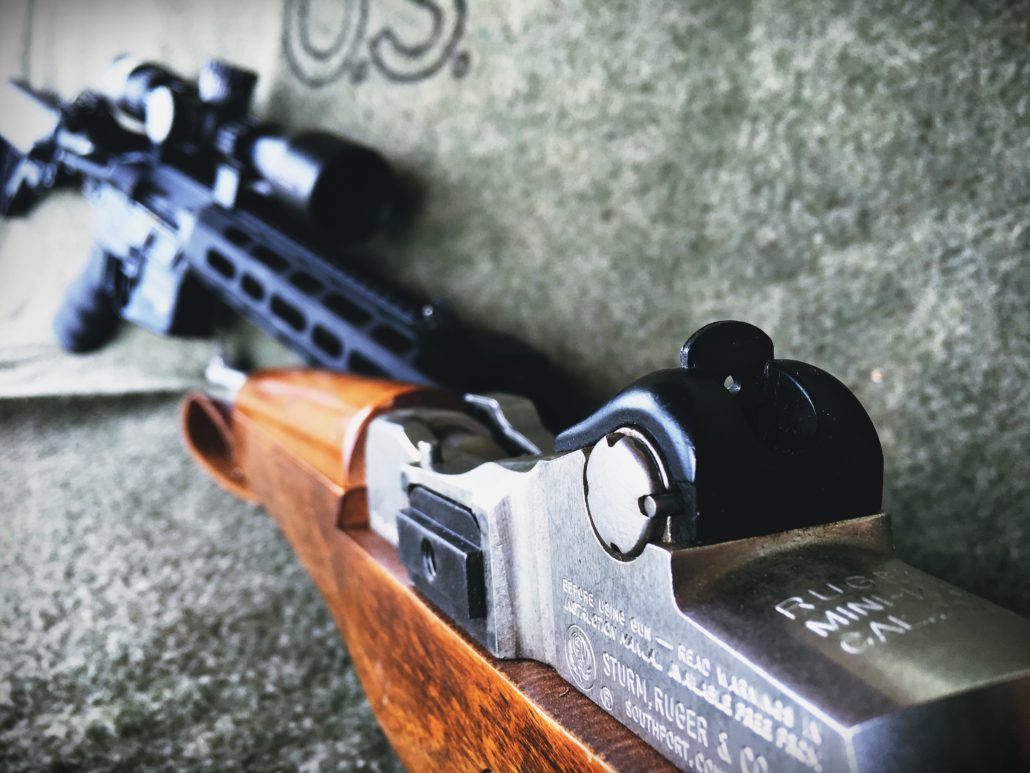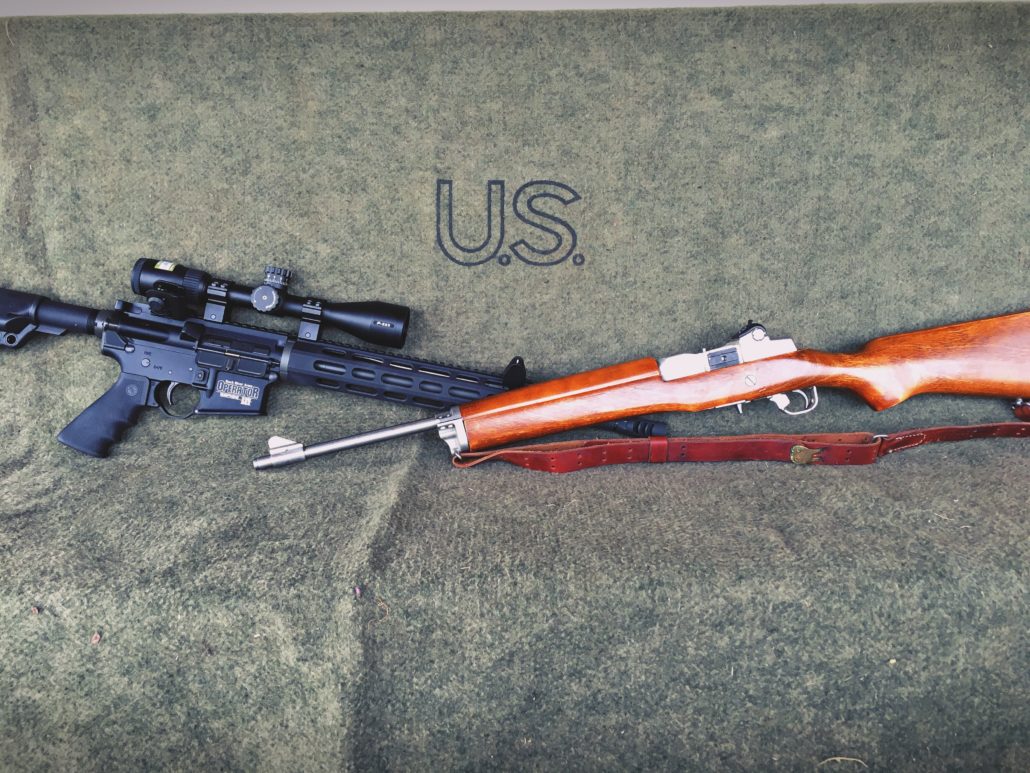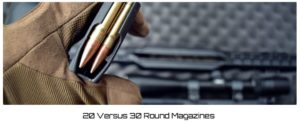How to Set Up Your AR | AR Setup and AR Accessories
If you have ever gone to a major gun show, NRA show, or to the huge SHOT Show; then you have seen literally hundreds of booths by companies all claiming to have the “Latest and Greatest” weapons and accessories for you to spend your hard-earned money on. Every one of those booths has something “New” and “Better” than the same thing that they were selling last year. Don’t get me wrong; every company out there has to come up with some “new” product every show. So, basically, we have hundreds of “new” items there that looked just like last year’s “new” items.
My point: New doesn’t mean better. Stick to gear that has a proven track record. Keep it simple. Keep it light. Keep it the best quality that you can afford.
VIDEO: Want to know the best way to set up your AR? You don’t have to upgrade to this year’s “latest and greatest.” I had it taught to me, year’s back, that “you don’t need a new gun until you can out-shoot the one in your hands.” Do you really need a gun that’s capable of .25 MOA groups when you (as a shooter) are only capable of shooting 2 MOA groups? Do you really need this year’s “fastest Shotgun” when you drop half the shotgun shells while loading on the move in a 3-gun competition? Master what you have. When you can outperform your gear; then you upgrade.
The hot weapon out right now is the “AR” family of rifles. Again, there are hundreds of choices. So, which should I pick? I appreciate you asking. I spent over 26 years in the military, most of that in SOF units, behind a “AR style” M-16 or M-4 Carbine. I had the honor of serving in units that had the latitude to pick and choose accessories (so long as they were MilSpec) and got to try most optics and accessories under the sun. Some are good and some are great; others, not so much.
Which AR to Buy
Let’s start with what rifle to buy. You don’t have to own one of everything. I would rather own one type of weapon system and shoot thousands of rounds through it, than own twenty different types of weapons and only shoot a few hundred rounds through each type. Where’s the muscle memory or good shooting habits? Which one would be more proficient with the gun in their hand? So, for me; let’s get an AR.
Quality of the AR
Now, all ARs are not created Equal. That said, you don’t have to buy the most expensive rifle either. The most important factor for me is that the rifle has got to be reliable. It has to go “Bang” everytime I pull the trigger. In the middle of a shooting competition, if your rifle jams, that could be the difference with 10th and 50th place; not that big a deal. However, in combat, you have got to win that fight. If your rifle screws up in the middle of a room, the other guy is not going to just stand there while you try to fix it, and he is not going to miss from only 10 feet away. You came in second place, because you skimped on reliability; good job. Your family members will be proud of you for saving them that hundred dollars, but would rather have you around than a less than ideal rifle.
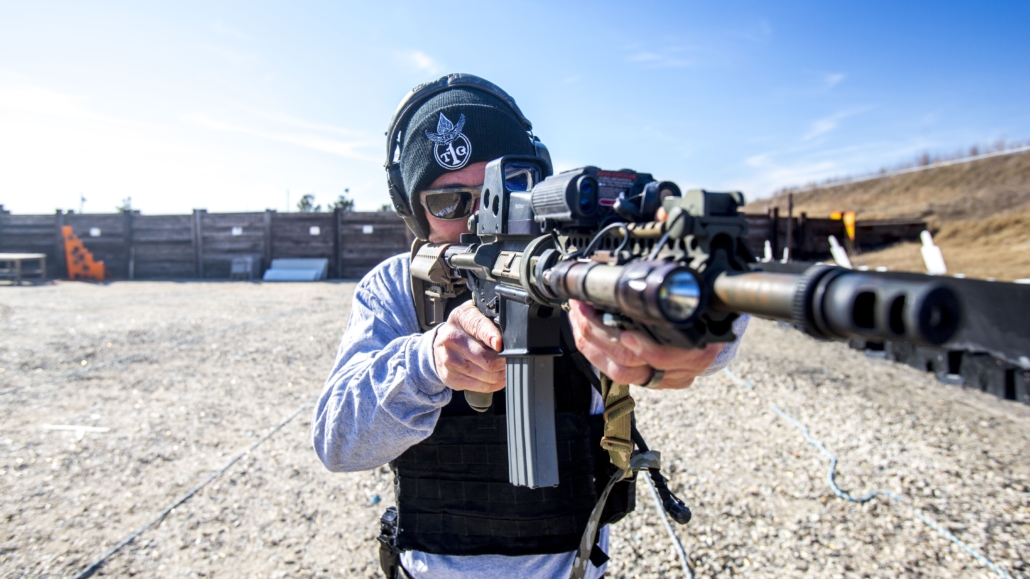
AR Accuracy
Second, I want a rifle capable of delivering accurate shots. This is important to me because I have a military sniper’s background, and I teach Precision Rifle courses to LE/Military and civilians alike. I also live on 63 acres of rolling hills. Just ask the deer eating apples in my orchard how accurate my weapons are. We can discuss it while we eat venison burgers. If you live in a small apartment, then long-range accuracy isn’t that important.
AR Optics
Third, is you have to be able to hit where you are aiming. That means you need Iron Sights and/or an optic like a reddot scope. You might notice I said “Iron Sights” before I mentioned optics. That is because I believe all new shooters should first master Iron Sights and also that Iron Sights won’t run out of batteries, like some optics will. That said, there is a reason all SOF units run optics on their rifles. They are a great force multiplier; helping to deliver faster, more accurate shots, under stress when it really matters. So, master the Irons; but then invest in a good MilSpec Optic. I’m often asked which brand I recommend… again, get MilSpec and buy the best optic you can afford.
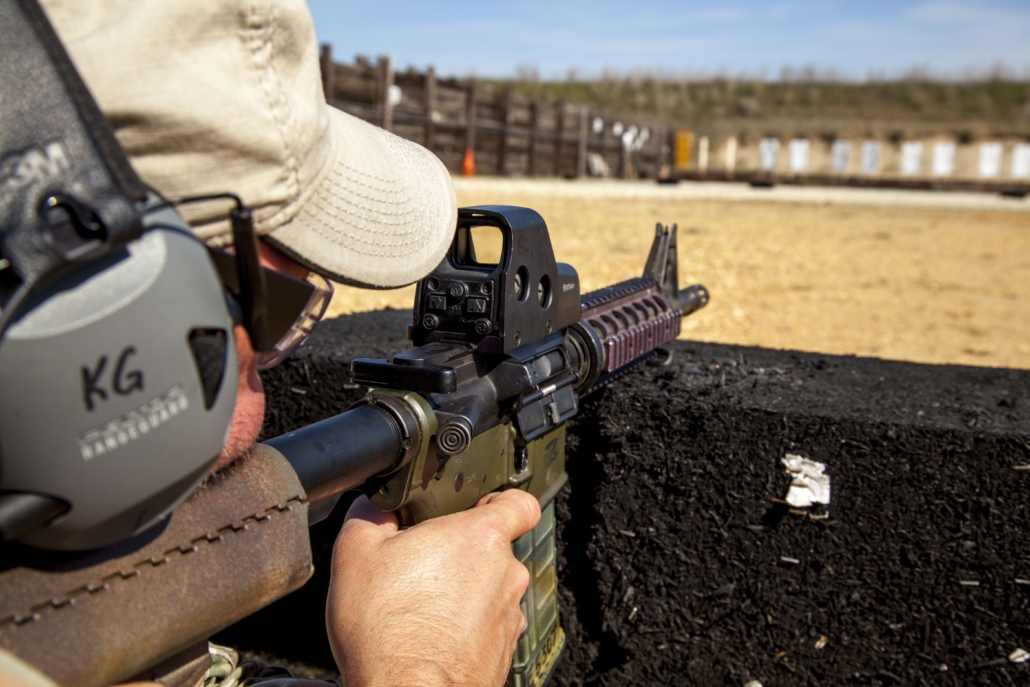
Lights for an AR
Fourth, you need a visible light on your rifle. Why? Well, for my old unit, 90% of our raids and combat ops were during hours of limited visibility. One op that was during the day, was on the second floor of a 400-room apartment building which had the power cut off a month earlier. Even during the day, it was dark as spades in there. You have to be able to identify is it a “Threat, not a Threat, or a Threat that warrants Deadly Force.” So, a good visible weapon light is high on my list. It has to be something that can handle the blast from the muzzle. Again, there are lots of great brands out there, like Surefire and Streamlight. I recommend you get one that has an “instant on” feature; don’t leave it turned on, as it gives away your position.
Other AR Accessories
That’s it. I add a sling, as I have trained to transition to my pistol, if my rifle goes down. However, you’ll notice that I haven’t listed all the other dozens of items that we often see people adding to their guns, just because they look “Cool” on TV. If your mission requires it, like IR illuminators or Suppressors, then add it; but understand that every ounce you add is one more ounce that is going to slow down your presentation during a gunfight. Ounces add up to pounds; and pounds add up to slower response times.
What about the next gun show? You don’t have to upgrade to this year’s “latest and greatest.” I had it taught to me, year’s back, that “you don’t need a new gun until you can out-shoot the one in your hands.” Do you really need a gun that’s capable of .25 MOA groups when you (as a shooter) are only capable of shooting 2 MOA groups? Do you really need this year’s “fastest Shotgun” when you drop half the shotgun shells while loading on the move in a 3-gun competition? Master what you have. When you can outperform your gear; then you upgrade.
So, again, keep it simple. Look at your mission; what do you actually want to use your AR rifle for? Then, spend your hard-earned cash on the best quality gear you can afford, that supports what you are actually going to use it for. You can buy all the bells and whistles and make yourself a ten pound rifle that looks great sitting on the shelf. Or, you can be that guy with the slick lightweight blaster, fast as hell, outshooting everyone else on the range. Your choice.
I hope you enjoyed the video. We put out a new Tactical Rifleman video every Friday. Thanks for watching, and we’ll see you next time.
Strength & Honor, TR.
For more go to http://www.tacticalrifleman.com/ and Follow TR on Twitter-http://bit.ly/TACrman

